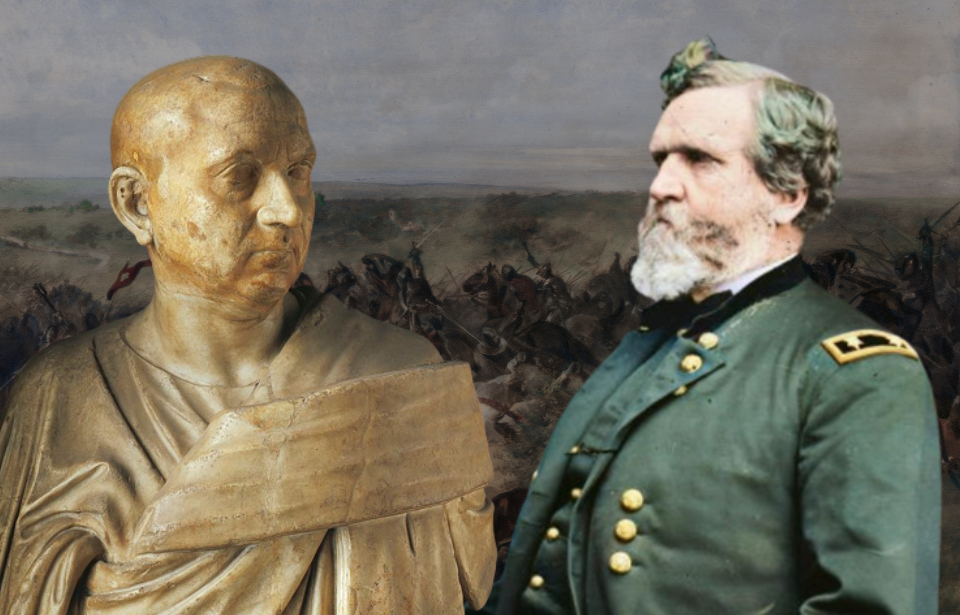Throughout history, the world’s best leaders have, largely, started out as some of the greatest warriors. From the ancient societies of Greece, Rome and Egypt to contemporary military giants like the United States and the United Kingdom, these 10 commanders all come from different time periods, backgrounds and specialties. Despite that, they share one thing in common: they never lost a battle.
Alexander the Great
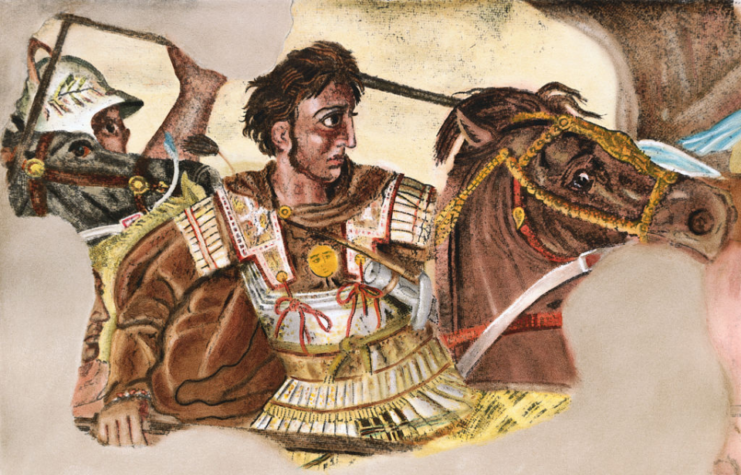
Alexander the Great has long been considered one of the most famous leaders and military minds of the ancient world. As king of Macedonia and Persia, he conquered Troy, Babylon, Jerusalem and parts of Egypt as he built one of the largest empires the world had ever seen.
Alexander’s military prowess and bravery showed at an early age. When he was 12 years old, he courageously tamed a wild stallion, whom he named Bucephalus. Once the horse was broke, it remained Alexander’s battle companion for most of his life. Four years later, he led his first attack against the Sacred Band of Thebes, a notoriously unbeatable force, during the Battle of Chaeronea. Alexander’s army decimated them.
The military leader oversaw countless engagements during his quest to grow his already massive empire, including the successful battles of Issus, despite having a numerically smaller army, and Tyre, which led him to amass a large naval fleet. Alexander died in 323 BCE, at only 32 years old. Surprisingly, the cause was malaria or another natural ailment, not the “warrior’s death” one would expect from arguably one of history’s greatest fighters.
Maj. Gen. George Henry Thomas
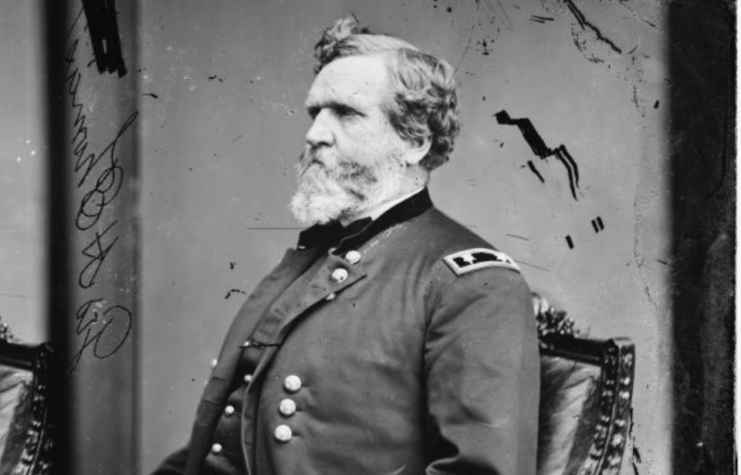
Maj. Gen. George Henry Thomas is one of the most revered American military leaders, despite only being in chief command of a field army twice during battle. When he was 20, he was appointed to the US Military Academy West Point. Upon his graduation, he was commissioned a second lieutenant with Company D, 3rd US Artillery.
Following his assignment at an outpost in Florida during the Seminole Wars, Thomas served with distinction in the Mexican-American War, leading to his appointment as an instructor of cavalry and artillery under superintendent Lt. Col. Robert E. Lee. When the American Civil War broke out, he opted to stay with the US Army, even though it created a rift between him and his family.
Having served in three different branches of the military, Thomas was a tactical mastermind on the battlefield. During the Battle of Chickamauga, he earned the nickname the “Rock of Chickamauga” after future US President James Garfield reported he was “standing like a rock” as he held his position and rallied his scattered units.
Louis-Nicolas d’Avout
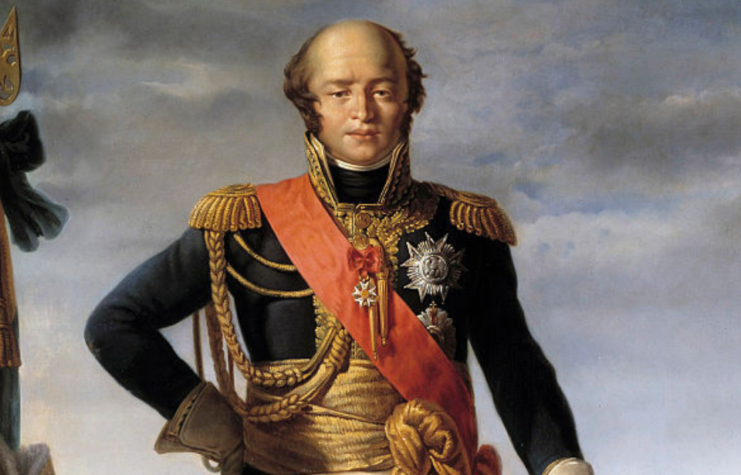
Louis-Nicolas d’Avout, known as “The Iron Marshal,” was one of Napoleon Bonaparte‘s best corps commanders, eventually rising through the ranks to become marshal of the empire. Even though he was born into a noble family, d’Avout grew up in poverty, and after enlisting with the royal calvary became a supporter of the French Revolution, despite his noble heritage.
As an elected colonel in command of a volunteer battalion, d’Avout fought at Neerwinden in 1793, where he gained notoriety after refusing orders from Gen. Charles-François du Périer Dumouriez to march on Paris. In 1800, he was given command of what would become the III Corps of the Grande Armée and named marshal of the empire.
d’Avout played a major role in the Battle of Austerlitz in 1805, and completely destroyed the Prussian Army of 60,000 troops at the Battle of Jena-Auerstädt with only 26,000-28,000 men, solidifying his place as one of history’s greatest warriors. He surrendered the city of Hamburg in 1814, but was re-instated as the minister of war upon Napoleon beginning his second reign the following year.
Ashoka the Great
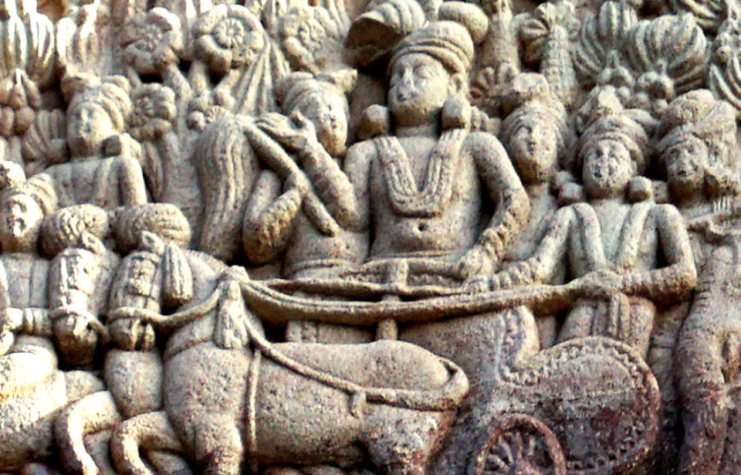
Despite being a powerful and prolific leader, Ashoka the Great underwent a major ideological shift toward the end of his reign, vowing to never fight again. Ruling from 268-232 BCE, he was the third emperor of the Mauryan Empire, which spanned northern India and modern-day Iran and Afghanistan.
Ashoka was known to be so bloodthirsty and ruthless in battle that his enemies believed he was Hell itself. Growing his empire by invading the neighboring state of Kalinga, Ashoka killed between 100,000 and 300,000 citizens. Afterward, he felt so guilty for the harm he’d caused that he vowed never to fight again. He died in 232, having never lost a battle.
Publius Cornelius Scipio Africanus
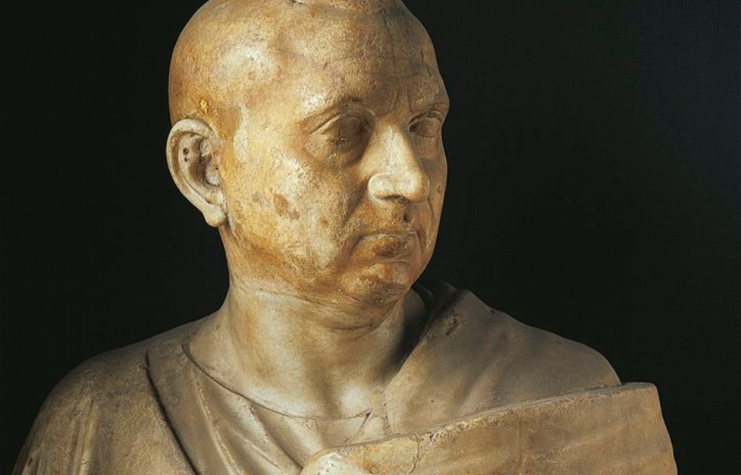
Publius Cornelius Scipio Africanus, also known as Scipio the Elder, is widely considered to be one of the most successful generals from the height of the Roman Empire. He ruthlessly defeated his enemies during the Second Punic War between Rome and Carthage. After decimating the Carthaginians, Scipio traveled to North Africa, where he famously defeated Hannibal Barca‘s troops and 80 war elephants during the Battle of Zama.
Upon his return to Rome, Scipio continued to win campaigns until his retirement, after which he served as a politician. During this time, he was accused of having been bribed by a fellow politician, but after reminding the public about his victory at Zama, regained their favor.
Alexander Suvorov
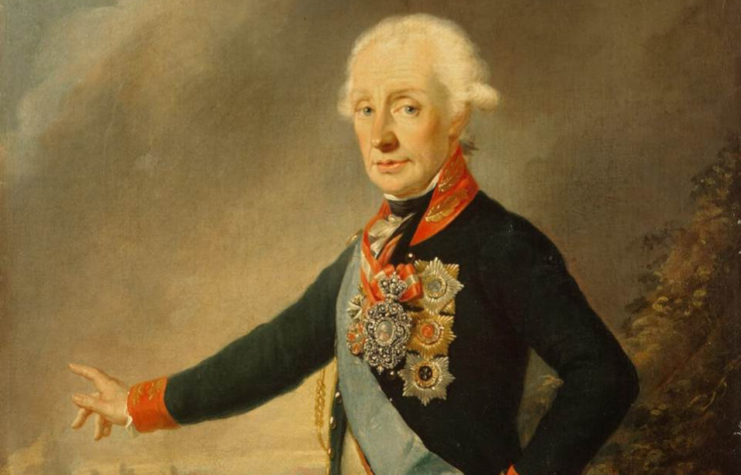
Alexander Suvorov is considered a national hero and one of the Russian Empire’s greatest military leaders. He enlisted when he was 17 years old and was quickly promoted to the rank of colonel, thanks to his bravery against the Prussians in the Seven Years’ War. Not only was he a skilled and cunning leader on the battlefield, Suvorov also seemed virtually untouchable, surviving six serious injuries. He was later appointed general after successfully leading his troops during the Russo-Turkish Wars.
His military career saw him sent to a number of places, where he continued to experience victory in battle. This included the Battle of Praga in November 1794, which saw the unsolicited killing of around 20,000 civilians, as well as a successful campaign in Italy, where he fought back against the gains Napoleon had previously made.
Suvorov held a lengthy list of positions. In all, his full name and official titles were “Aleksandr Vasiliyevich Suvorov, Prince of Italy, Count of Rymnik, Count of the Holy Roman Empire, Prince of the Kingdom of Sardinia, Generalissimo of Russia’s Ground and Naval Forces, Field Marshal of the Austrian and Sardinian Armies.”
He was never defeated in battle and was known for how he treated the men in his units. He often lived like a soldier while on the road, and throughout campaigns took care of the necessities to ensure his men had what they needed. Given this, he’s still remembered as one of Russia (and history’s) greatest warriors.
John Churchill, 1st Duke of Marlborough
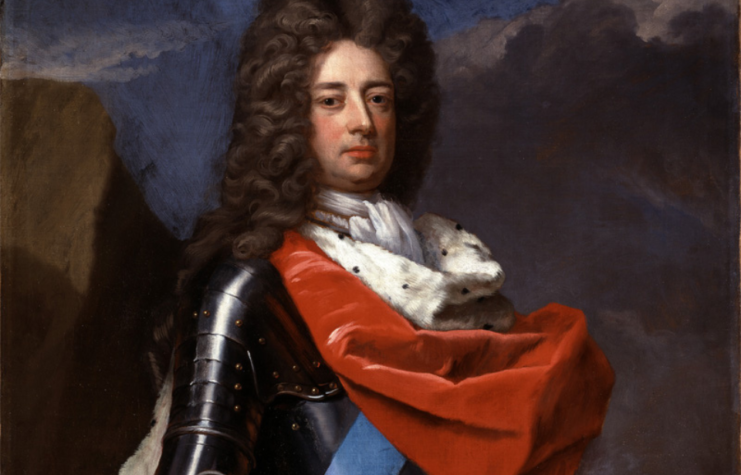
English Gen. John Churchill, 1st Duke of Marlborough, is one of Britain’s greatest generals. He led his country to victory over King Louis XIV of France at the battles of Blenheim, Ramillies and Oudenaarde in the early 18th century, solidifying its place as a major world military power. Unlike those who came before him, Churchill refrained from promoting the use of siege warfare and instead used strategizing and organization to remain undefeated throughout his career.
While one of history’s greatest (and smartest) military figures, Churchill also has a political claim to fame. He’s the distant relative of British Prime Minister Winston Churchill, who is best known for being the leader of the UK during the Second World War.
Thutmose III
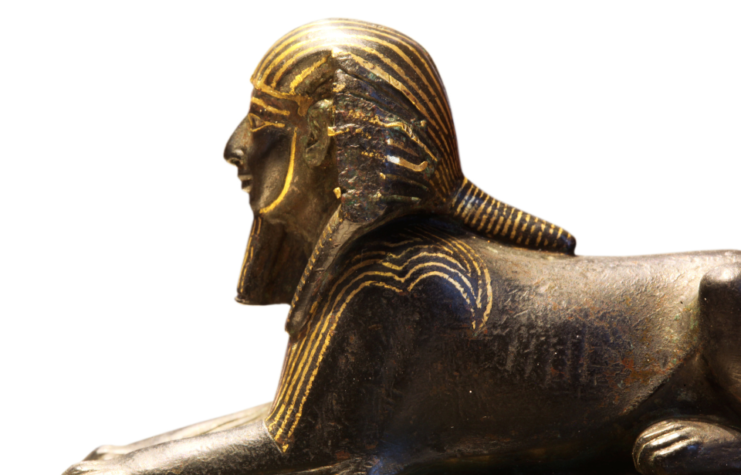
While his name may not be immortalized as one of Ancient Egypt‘s most famous pharaohs, Thutmose III, also known as Thutmose the Great, ruled over the empire for over half a century as the sixth pharaoh of the Eighteenth Dynasty. During this time, he also became one of the greatest warriors the ancient world (and history) had ever seen.
Thutmose aimed to create the largest empire in Egyptian history – and he succeeded, thanks to his famed military prowess. While coregent with Hatshepsut, he served as the head of the armies and commanded no less than 17 campaigns over the span of 20 years. These resulted in his forces conquering over 350 territories, including much of the Near East, allowing the Egyptian Empire to stretch into Asia and the Upper Nubia.
Many historians consider him to be among the best warriors in Egyptian history, leading many to dub him the “Napoleon of Egypt.”
Skanderbeg
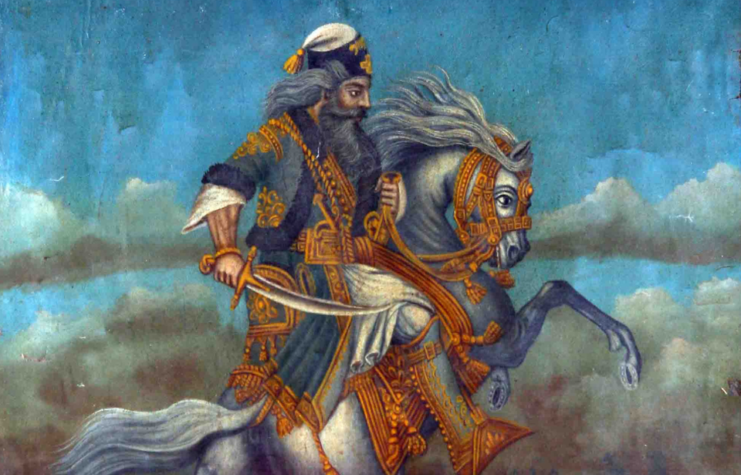
Albanian hero Skanderbeg, also known as Gjergj Kastrioti, defended his country from attacks by Islamic Turks, despite his own upbringing in Turkey. His father, Gjon, led the resistance against the invading Ottoman Empire, but after he was forced to submit to Sultan Bayezid I, he handed over his sons as hostages.
Skanderbeg converted to Islam and successfully fought for the Ottoman Empire against Christian territories until 1443, when he and the 300 Albanians in his command staged what’s now known as “Skanderbeg’s Rebellion.” Prompted by the belief that the Christians would successfully push the Ottoman’s out of Europe following their defeat at Niš, the group deserted the army and sided with their own country.
Over a 20-year period, he defended Albania against 13 Turkish invasions while leading an army of 10,000 men, and continued to fight undefeated for the remainder of his life.
Jan Žižka
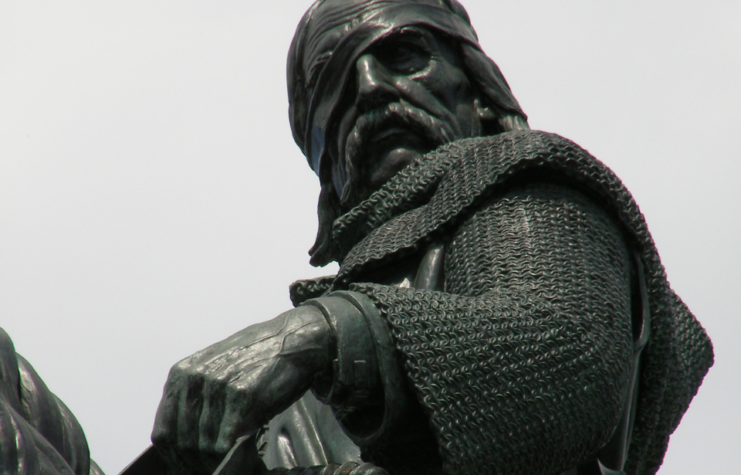
Jan Žižka is not only a hero in his home nation of the Czech Republic, he’s also considered one of the greatest warriors and military minds in history. Žižka led the Hussites – a group of Czech proto-Protestants – during the Hussite Wars, bringing about victories against the Holy Roman Empire at the battles of Kutná Hora and Sudoměř, among others.
Žižka was known for his innovative and unorthodox battle tactics, which saw the Hussites make use of a two-pronged approach to combat. The first consisted of defensive measures, with the use of artillery barrages to goad the enemy into battle, followed by an offensive counterattack with cavalry and infantrymen.
More from us: Winged Hussars: The Rise and Fall of Europe’s ‘Angels of Death’
The legendary military leader had the ability to turn peasants into highly-trained warriors, and even transformed ordinary weapons into what’s considered to be the world’s first “tank,” attaching small cannons to armored wagons. He was also one of the first proponents of gunpowder, making great strides in its use.
In 1424, Žižka died an undefeated warrior, albeit having lost both of his eyes in the process.
